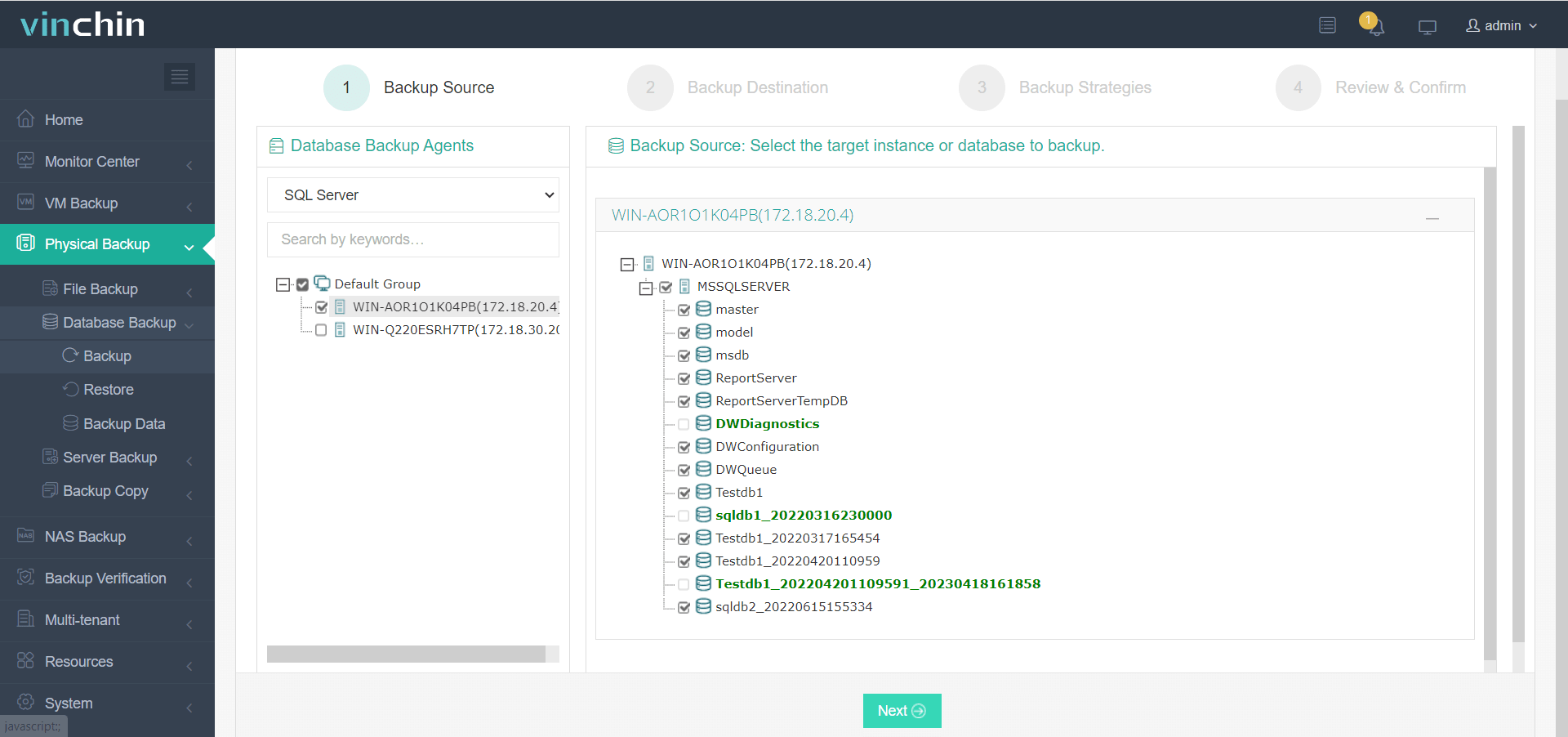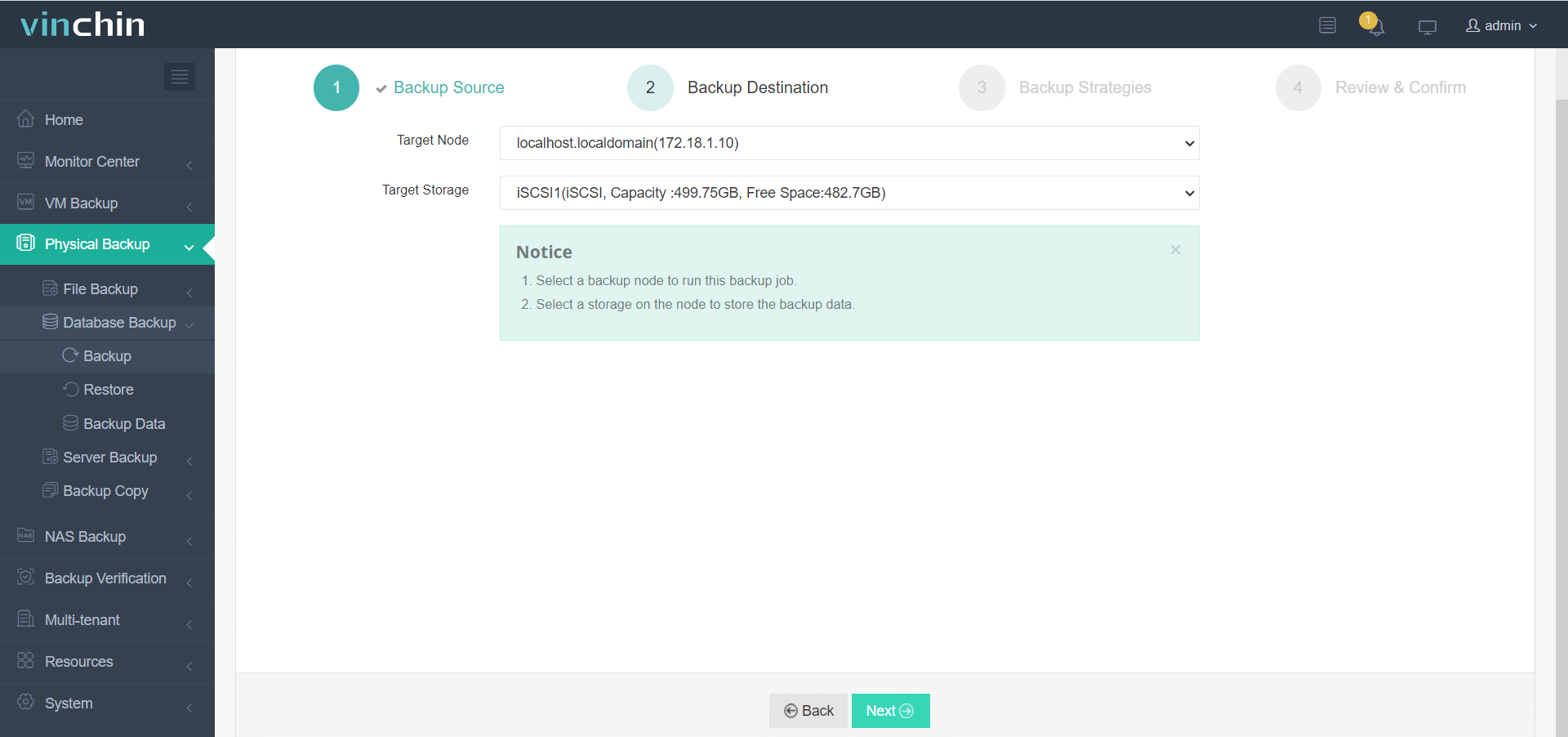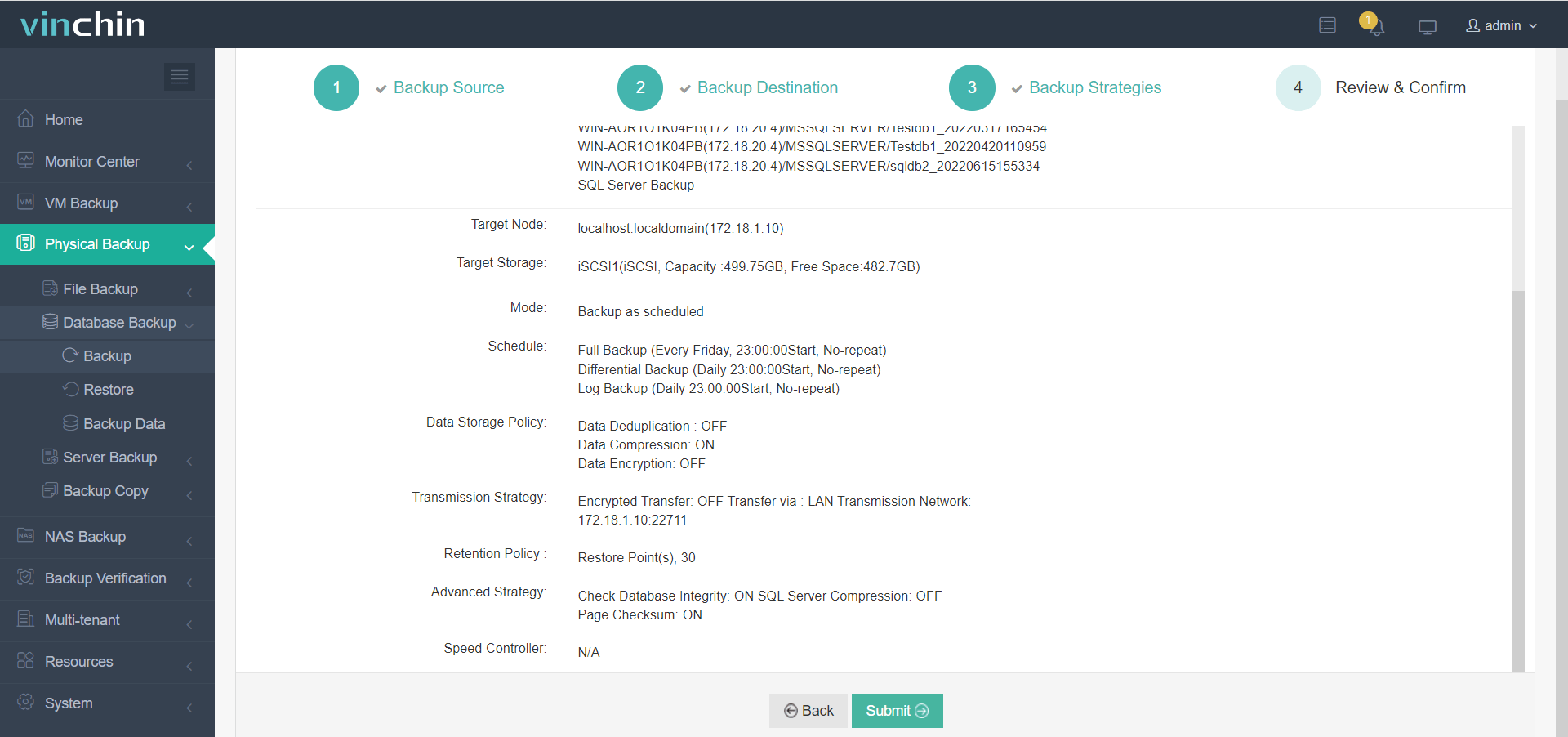-
What Is a SQL Server Database Schema?
-
Why Schemas Matter in SQL Server?
-
Method 1: Creating Schemas Using SSMS
-
Method 2: Creating Schemas With T-SQL
-
Protecting Your Database with Vinchin Backup & Recovery
-
SQL Server Database Schema FAQs
-
Conclusion
Managing a SQL Server database goes far beyond storing data. Organization, security, and clarity are essential for smooth operations. One of the most powerful tools for this is the database schema. But what exactly is a schema in SQL Server? Why does it matter so much for daily administration? In this guide, we will walk through everything you need to know about SQL Server database schemas—from basic definitions to advanced management techniques.
What Is a SQL Server Database Schema?
A SQL Server database schema acts as a logical container for database objects such as tables, views, stored procedures, functions, indexes, and triggers. Think of a schema as a folder within your database that groups related items together for better organization. Each schema belongs to one database but a single database can contain many schemas at once. The user or role that creates a schema becomes its owner.
By default, SQL Server provides several built-in schemas: dbo, guest, sys, and INFORMATION_SCHEMA. The dbo schema is usually assigned as the default for new databases and users unless you specify otherwise during setup. However, you can create custom schemas tailored to your organization’s needs—such as grouping objects by department or application area.
This logical separation helps keep your database organized and secure. Schemas are also part of ANSI SQL standards, so understanding them will help you work across different relational database systems.
Why Schemas Matter in SQL Server?
Schemas are not just about neatness—they provide essential control over how data is accessed and managed in SQL Server environments. By grouping related objects together under distinct namespaces (schemas), you make it easier to manage permissions at scale.
For instance, giving the HR team access only to the HR schema ensures they cannot accidentally view or modify Finance data in another schema like Finance. This reduces risk from human error while improving overall security posture.
Schemas also help prevent naming conflicts across teams or applications sharing a single database instance. You could have an Employee table in both HR and Finance without any clashes because each belongs to its own namespace.
Transferring ownership of entire groups of objects becomes simpler too—just reassign the schema rather than updating each object individually. Logical grouping also streamlines migrations between environments since related items move together.
Method 1: Creating Schemas Using SSMS
Creating a new schema using SQL Server Management Studio (SSMS) is straightforward—even if you’re new to database administration. SSMS offers a graphical interface that guides you through each step without needing any code skills up front.
Before starting, ensure your account has either CREATE SCHEMA permission or membership in roles like db_ddladmin. Without these privileges, SSMS will block your attempt to add new schemas—a common stumbling block for junior admins!
Begin by opening SQL Server Management Studio and connecting to your target server instance. In the left-hand pane called Object Explorer, expand the Databases folder until you see your desired database listed underneath it.
Expand this database node.
Then expand its internal Security folder.
Right-click on the subfolder labeled Schemas.
Select New Schema from the context menu that appears.
A dialog box opens up:
On its General tab enter a unique name into the field labeled Schema name
In the box marked Schema owner, type out (or search) for an appropriate user/role who will own this schema
Optionally set up permissions via the Permissions tab
Add notes under Extended Properties
Once ready click OK at bottom right—the new schema now appears under your chosen database's list of available schemas! From here forward whenever creating tables/views/stored procedures simply prefix their names with this new schema (e.g., HR.Employee).
Method 2: Creating Schemas With T-SQL
If scripting or automation fits better into your workflow—or if you're managing many servers at once—T-SQL provides direct control over every aspect of schema creation in SQL Server databases.
Open a fresh query window within SSMS connected to your target database context:
CREATE SCHEMA Sales AUTHORIZATION dbo;
This command creates a new schema called "Sales" owned by "dbo". Replace names as needed based on business requirements; owners must already exist as valid principals within your database context (sys.database_principals).
You can also create objects directly inside newly defined schemas:
CREATE SCHEMA HR AUTHORIZATION dbo; GO CREATE TABLE HR.Employee ( EmployeeID INT PRIMARY KEY, FirstName NVARCHAR(50), LastName NVARCHAR(50) );
To confirm successful creation run:
SELECT name FROM sys.schemas;
All current schemas appear—including any custom ones just added!
Transferring existing objects between namespaces uses ALTER SCHEMA:
ALTER SCHEMA HR TRANSFER dbo.Employee;
This moves "Employee" from "dbo" into "HR". Note: You’ll need ALTER permissions on both source/target plus CONTROL rights on affected objects; otherwise errors occur!
Protecting Your Database with Vinchin Backup & Recovery
Given how critical it is to safeguard every aspect of your Microsoft SQL Server environment—including all associated schemas—it's important to choose robust backup solutions designed specifically for enterprise needs today. Vinchin Backup & Recovery stands out as an enterprise-level solution supporting mainstream platforms such as Oracle, MySQL, MariaDB, PostgreSQL/PostgresPro, MongoDB—and especially Microsoft SQL Server databases featured throughout this article.
Vinchin Backup & Recovery delivers comprehensive protection through features including incremental backup support tailored for Microsoft SQL Server environments; batch backup capabilities ideal for managing multiple instances efficiently; flexible data retention policies including GFS retention strategies; advanced source-side compression exclusive to Oracle and Microsoft SQL Server workloads; plus seamless ransomware protection integrated into every deployment scenario—all ensuring reliability without sacrificing performance across complex infrastructures.
The web console provided by Vinchin Backup & Recovery makes safeguarding your Microsoft SQL Server simple and intuitive:
1. Select source SQL Server database(s),

2. Choose target storage location(s),

3. Configure backup strategies,

4. Submit the job.

Recognized globally with top ratings among enterprise customers worldwide—and trusted by thousands—Vinchin Backup & Recovery offers industry-leading protection backed by responsive support teams everywhere they operate! Start protecting now with their full-featured 60-day free trial—click below to download instantly!
SQL Server Database Schema FAQs
Q1: Can I rename a schema in SQL Server?
No—you cannot rename an existing schema directly; instead create a new one then transfer relevant objects across using ALTER SCHEMA commands as shown above.
Q2: How do I set a default schema for a user?
Use ALTER USER [username] WITH DEFAULT_SCHEMA = [schema_name] statement after connecting via SSMS Query window with sufficient privileges assigned beforehand.
Q3: What should I do before dropping a non-empty schema?
List contained objects first using SELECT name FROM sys.objects WHERE schema_id = SCHEMA_ID('YourSchema') then move/delete them before retrying DROP command safely afterward!
Conclusion
A well-designed SQL Server database schema brings order, security, and flexibility to daily operations—from small projects up through enterprise-scale deployments. Whether building through SSMS wizards or advanced T-SQL scripts mastering these skills pays off long-term stability-wise! For complete protection consider Vinchin’s robust backup solutions tailored specifically toward modern Microsoft environments.
Share on:







